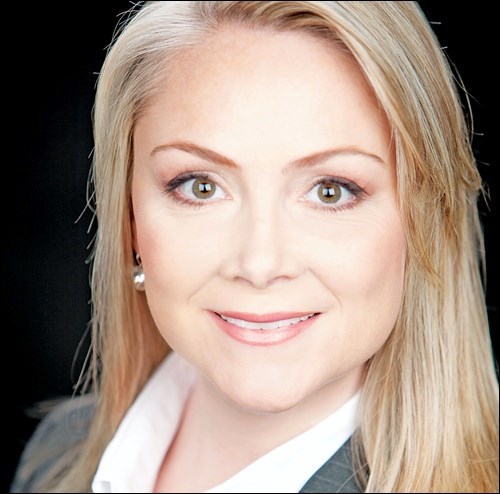Young couples shopping for their first home are faced with a bewildering new language of the real estate market. But it’s vitally important for first-time home buyers to learn the basics. So here’s a quick guide to the rules of down payments and mortgages.
There are two key elements to financing the purchase of your home: the down payment and the mortgage. It’s important you have a basic understanding of these concepts before you start shopping for home.
The down payment
The minimum down payment without being required to purchase mortgage default insurance is 20% of the purchase price of the home. So, on a $500,000 purchase, your down payment would have to be $100,000, and you would take on a mortgage of $400,000, or 80% of the value of the home. Mortgages for more than 80% of the purchase price must be insured, and the insurance premium is added to the monthly payment.
New rules for high-ratio mortgages announced by the federal government last December mean you’ll need to put a minimum 5% down payment on a purchase price of $500,000 or less. If your purchase price is over $500,000 you’ll have to put down that initial 5%, and then another 10% down on the next $500,000. Sale prices over $1 million aren’t affected because they don’t qualify for high-ratio mortgage insurance anyway.
RRSP Home Buyers’ Plan
The federal government’s Home Buyers’ Plan (HBP) allows first-time home buyers withdraw up to $25,000 in a calendar year from their Registered Retirement Savings Plans (RRSPs) to buy or build a qualifying home. Here are the rules:
* You must be a Canadian resident and have entered into a written agreement to buy or build a qualifying home – which includes just about any type of housing unit in Canada.
* The prospective home must be deemed your principal residence for tax purposes within a year of buying or building it. So you can’t use the HBP to, say, buy or build a recreational property by the lake.
* The prospective home must be your first. If you or your spouse or partner lived in a home you owned within the last four years before your HBP withdrawal, you won’t qualify for the program.
* You must repay the amounts you’ve withdrawn back into your RRSP over a maximum 15-year period, with a minimum annual repayment of 1/15 of the total withdrawal. You may, of course, pay back larger lump sums at a faster rate if you wish.
To make an RRSP withdrawal under the HBP, you’ll need to file CRA Form T1036-14e.
Shopping for mortgages
The mortgage market is ultra-competitive, so don’t be afraid to bargain. Most prospective lenders will match a lower rate if you are a good risk. Variable rate mortgages, which typically have posted rates 30 to 50 basis points lower than fixed-rate mortgages can appear to be a good deal for cash flow, but be sure your monthly budget can withstand higher payments if there’s a sudden rate increase.
Be sure to cut your amortization to the lowest period you can in keeping with your monthly cash flow budget. And keep reducing amortization at the end of every term while maintaining or increasing your monthly payment.
Also, check that the lender offers prepayment privileges – the ability to pay off a specified lump sum of your principal amount without penalty every year. Take advantage of this feature, because it reduces your principal amount immediately, so that more of your subsequent monthly payments also go towards principal repayment, while your interest costs shrink dramatically. Another way to pay down principal faster is to establish a schedule of weekly or bi-weekly payments instead of monthly payments.
Mortgage math can get complicated, especially when you start factoring in things like withdrawals from your RRSP under the Home Buyers’ Plan. Your best bet is to talk to your financial advisor, who is likely to have the sophisticated tools at hand to help you with one of the most important financial decisions of your life.
Courtesy Fundata Canada Inc. © 2016. Robyn Thompson, CFP, CIM, FCSI, is president of Castlemark Wealth Management. This article is not intended as personalized advice.



